The 9 Worst Dog Breeds for a Child with Autism
And the characteristics to avoid

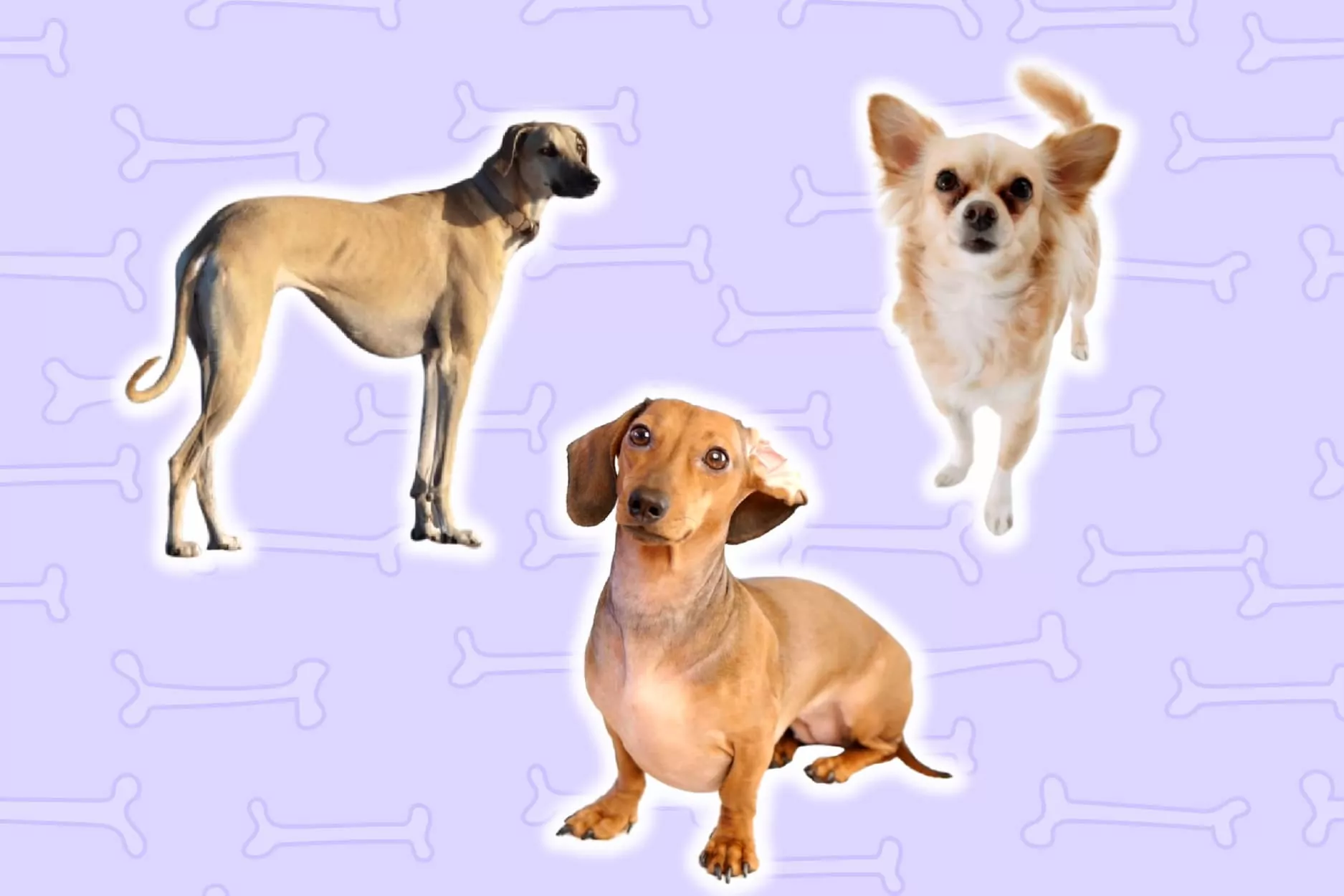
Dogs make wonderful companions for kids with autism. Sometimes, a gentle furry buddy’s presence is all an autistic child needs to ease stressful moments.
However, not all dog breeds are suitable for kids on the autism spectrum.
If you have a loved one with autism, you must consider your child’s sensitivities when choosing the right breed. We created this list to help you avoid dog breeds that may not be a good match for your autistic child.
Characteristics of dog breeds not suitable for autistic kids
While most dogs provide valuable emotional and developmental support for autistic children, some breeds could bring more harm than good.
A study involving 13,700 Finnish pet dogs revealed significant differences among breeds in the occurrence of certain behaviors, including aggression.
- For example, more than 10 percent of Miniature Schnauzers were aggressive to strangers.
- In contrast, no more than 0.5 percent of Labrador Retrievers showed aggression toward strangers.
A study on canine behavioral problems in Japan unveiled that Chihuahuas and Miniature Dachshunds bark at noises inside the house more than other breeds. Pomeranians, Kaninchen Dachshunds, and Maltese dogs were also reported to exhibit excessive barking.
- Environmental influences help shape a dog’s behavior.
- However, genetic factors also come into play. Some breeds may be naturally predisposed to exhibit certain negative traits that make them less ideal for autistic kids.
Keep in mind the following negative characteristics to avoid when choosing a dog breed for your child:
- Dogs that bark a lot: Many children with autism experience auditory sensitivity. Too much barking may irritate them and cause distress.
- Overly fragile dogs: These dogs are not suitable for kids on the autism spectrum who commonly experience emotional outbursts.
- Aggressive breeds: Some dogs may be prone to aggression, whether to people or other animals.
- Overly energetic dogs: Some breeds have excessive energy levels, especially when they are puppies. Autistic children often have low endurance, stamina, and muscle tone. Your autistic child may be unable to keep up with an excessively energetic dog’s exercise and mental stimulation requirements.
- Non-sociable dogs: Some breeds are territorial, aloof, and overprotective. They don’t like when strangers approach family members. The ideal dog for an autistic child loves kids and responds well to strangers.
9 worst dog breeds for children with autism
Here are nine of the worst dog breeds for autistic children and why they are not ideal choices.
1. Dachshund
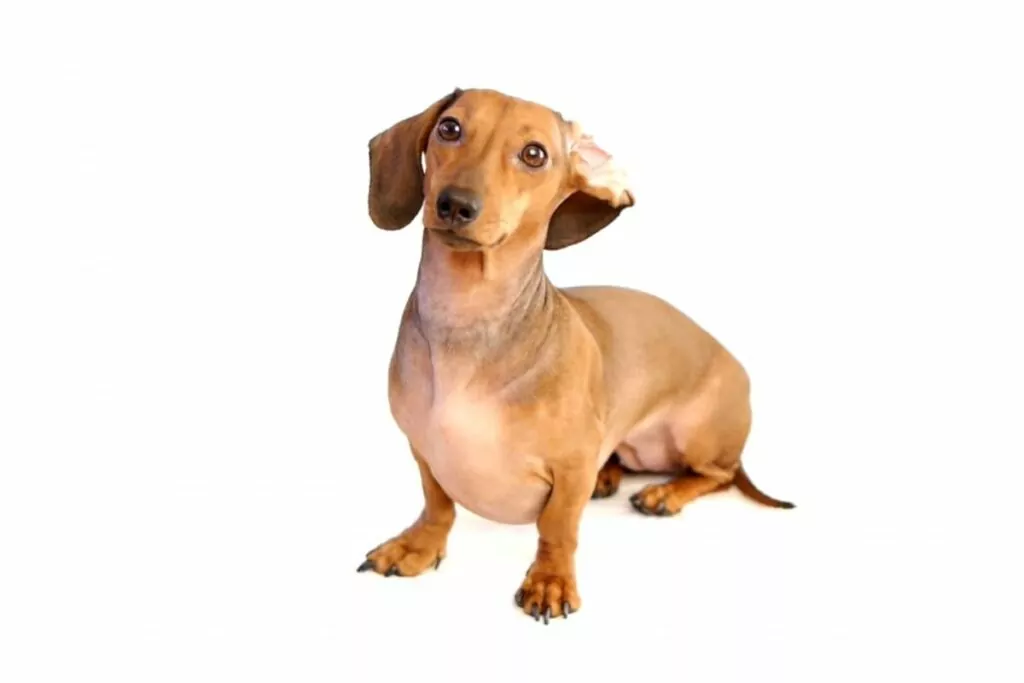
Bred in Germany hundreds of years ago, Dachshunds originally hunted badgers. These short dogs are loyal, endearing companions but quite fragile.
Breed information
AKC classification: Hound
Height: 8 to 9 inches (standard), 5 to 6 inches (miniature)
Weight: 16 to 32 pounds (standard), less than 11 pounds (miniature)
Life expectancy: 12 to 16 years
Exercise needs: 20 to 40 minutes daily
2. Siberian Husky
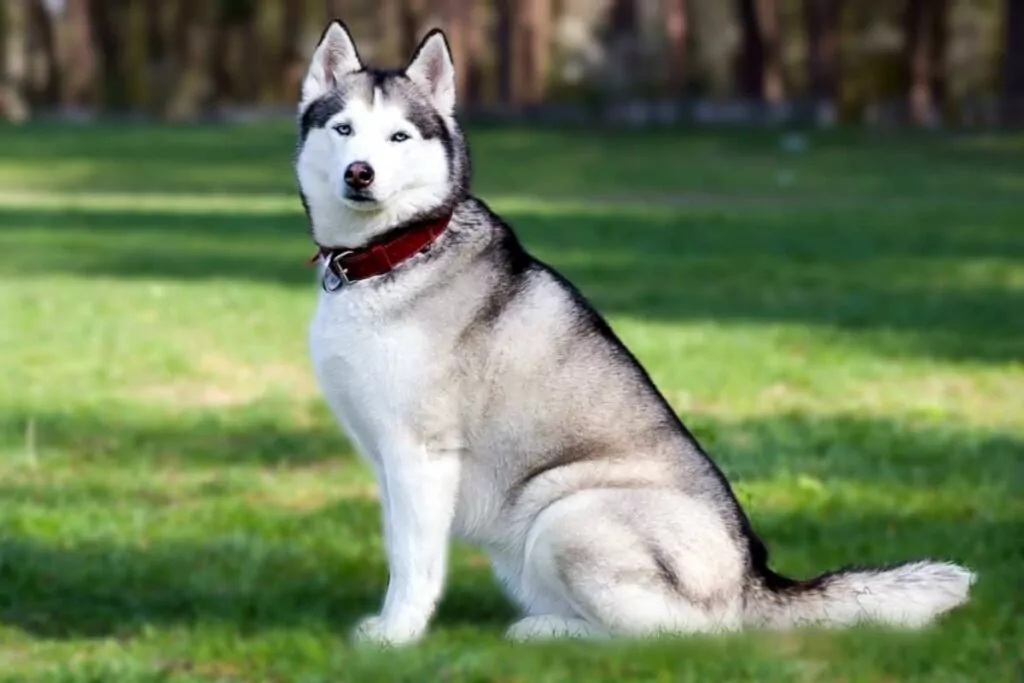
Siberian Huskies are outgoing and mischievous dogs. Originally bred for sled pulling, these classic northern dogs have a plush double coat and medium size.
Breed information
AKC classification: Working
Height: 20 to 23.5 inches
Weight: 35 to 60 pounds
Life expectancy: 12 to 14 years
Exercise needs: More than 40 minutes daily
3. Chihuahua
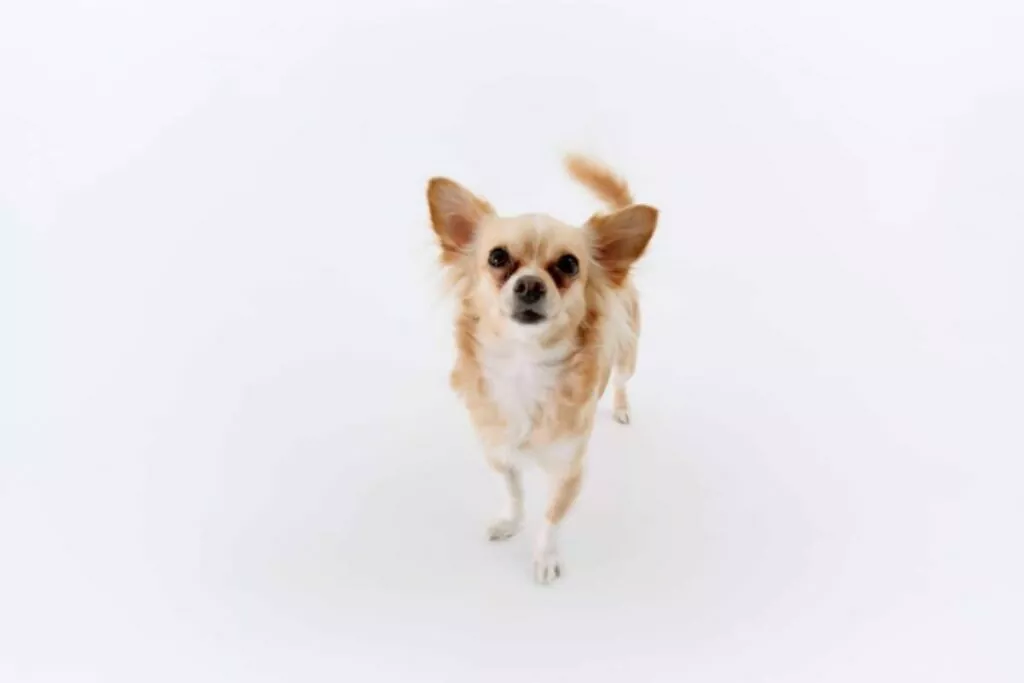
Chihuahuas are tiny dogs with expressive eyes and a big personality. They are a national symbol of Mexico. These compact dogs are great for apartment living, although not ideal for homes with autistic children.
Breed information
AKC classification: Toy
Height: 5 to 8 inches
Weight: Up to 6 pounds
Life expectancy: 14 to 16 years
Exercise needs: Up to 30 minutes daily
4. Italian Greyhound
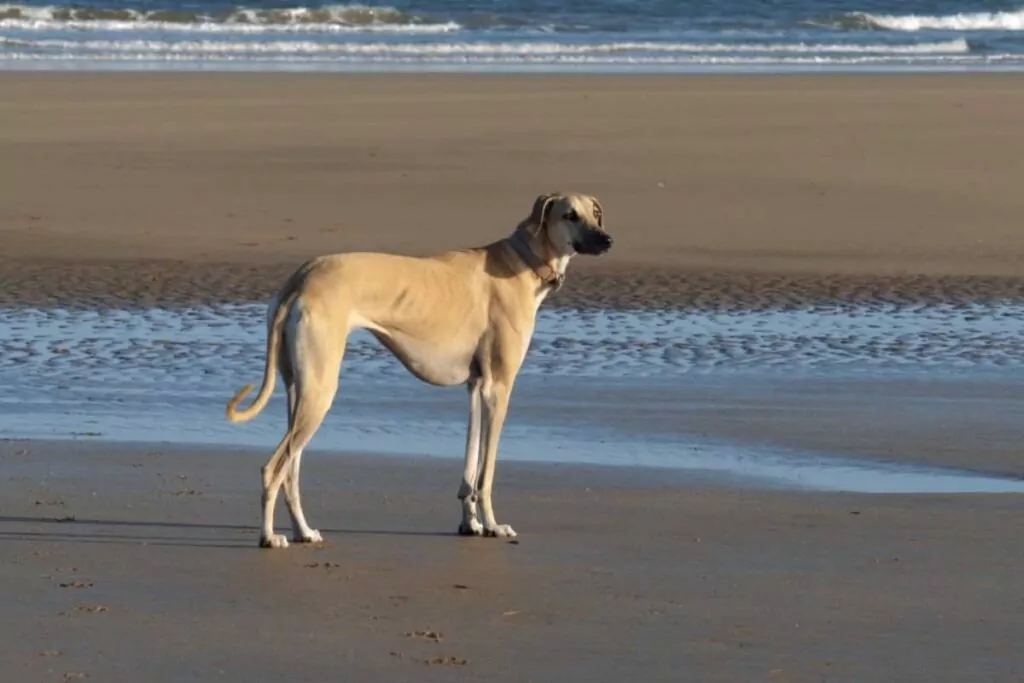
Italian greyhounds are gentle and friendly indoor dogs that require little exercise. However, they are extremely frail and prone to injuries.
Breed information
AKC classification: Toy
Height: 13 to 15 inches
Weight: 7 to 14 pounds
Life expectancy: 14 to 15 years
Exercise needs: Less than 20 minutes daily
5. Akita
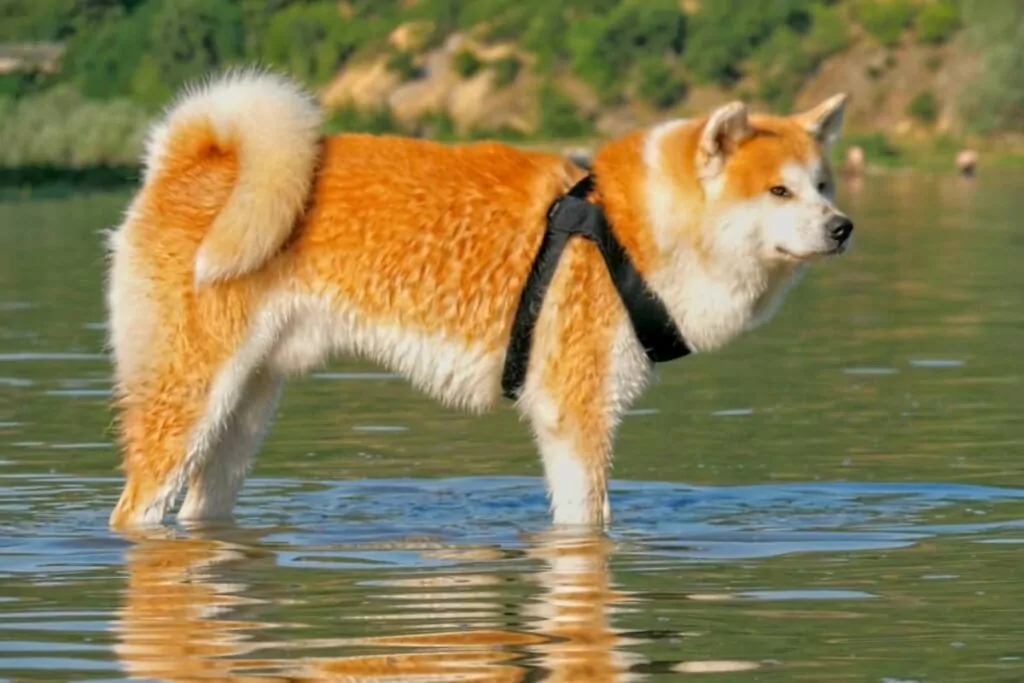
Originating from an ancient Japanese lineage, Akitas are dignified and courageous dogs widely known for their unwavering devotion. These muscular, double-coated dogs have a noble stance and a powerful presence. However, they can be aggressive and stubborn.
Breed information
AKC classification: Working
Height: 24 to 28 inches
Weight: 70 to 130 pounds
Life expectancy: 10 to 14 years
Exercise needs: 1 to 2 or more hours daily
6. Japanese Chin
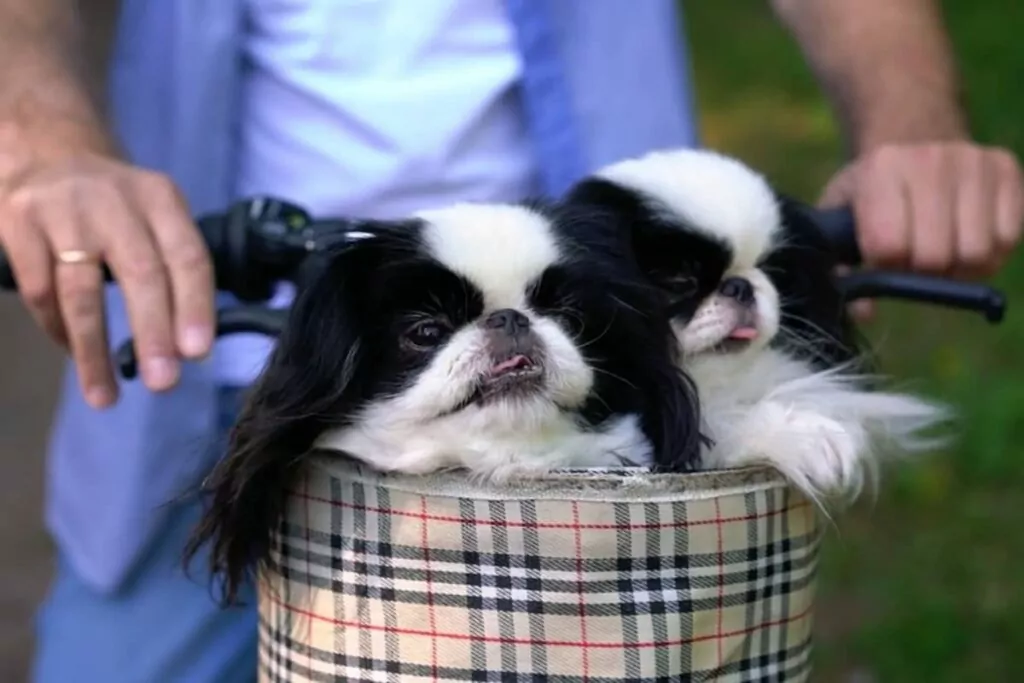
The Japanese Chin is a charming lapdog with a sweet, flat face and a lovely, silky coat. This regal toy breed is affectionate and playful. But it may not be the right choice for households with an autistic loved one due to its fragility and separation anxiety.
Breed information
AKC classification: Toy
Height: 8 to 11 inche
Weight: 7 to 11 pounds
Life expectancy: 10 to 12 years
Exercise needs: Less than 20 minutes daily
7. Chow Chow
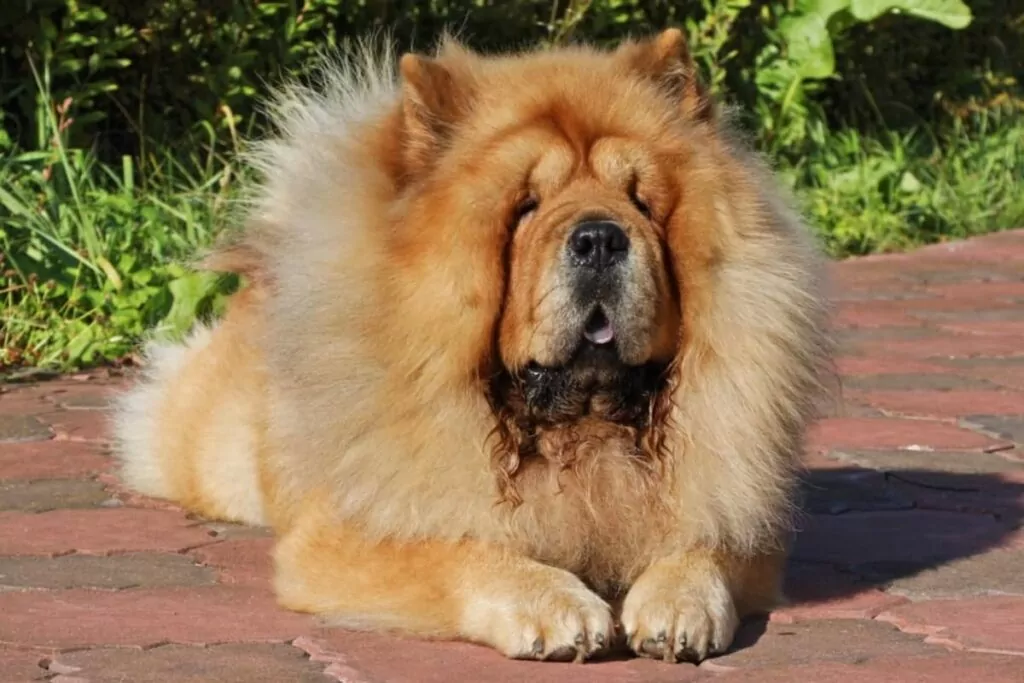
Chow Chows are aloof and dignified dogs with fluffy manes, large heads, and deep-set eyes. While these dogs look cuddly, they don’t like being fussed over or hugged.
Breed information
AKC classification: Non-sporting
Height: 17 to 20 inches
Weight: 45 to 70 pounds
Life expectancy: 8 to 12 years
Exercise needs: Less than 20 minutes daily
8. Australian Cattle Dogs
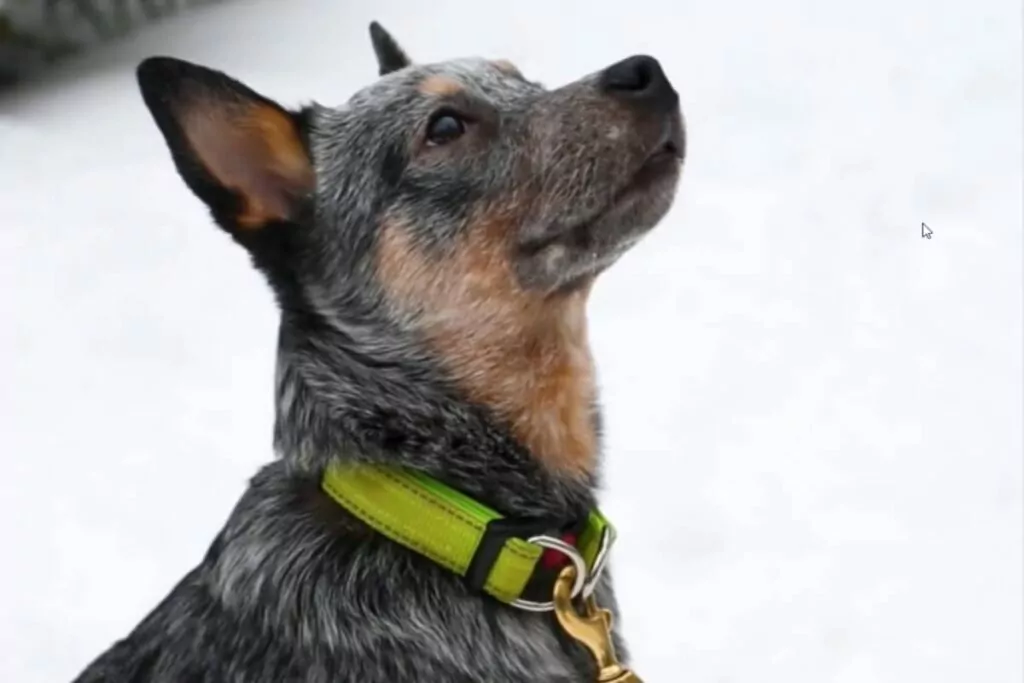
Originally bred for cattle herding, Australian cattle dogs are extremely alert and intelligent. While they are devoted to their owners, they usually distrust strangers.
Breed information
AKC classification: Herding
Height: 17 to 20 inches
Weight: 35 to 50 pounds
Life expectancy: 12 to 16 years
Exercise needs: 1 to 2 hours daily
9. Maltese
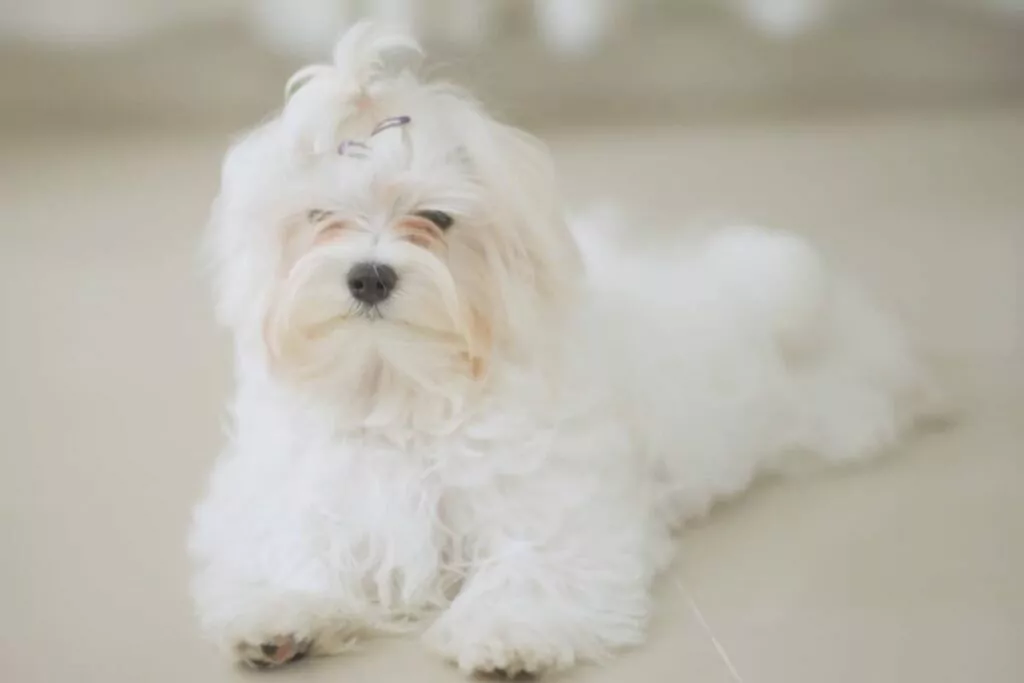
Maltese dogs are playful, charming, and gentle companions with fluffy white coats. But like chihuahuas, these diminutive lapdogs are too tiny for children with autism.
Breed information
AKC classification: Toy
Height: 7 to 9 inches
Weight: Up to 7 pounds
Life expectancy: 12 to 15 years
Exercise needs: Less than 20 minutes daily
FAQs
How do I avoid negative traits when choosing a puppy?
If you want a pet puppy, you can avoid negative traits by choosing an ethical breeder who knows the best breeds for children with ASD. Tell them about the personality of your autistic child, and ask for breed recommendations.
Is training critical to prevent negative traits in dogs?
Training is critical to raise a dependable, obedient dog. Teach your dog to respect your entire household and follow commands. You can have your pet dog house-trained or find a specially trained service dog.
Final thoughts
A well-trained and lovingly raised dog is excellent around autistic children. Your child will likely enjoy the companionship of an obedient dog with positive characteristics.
Take time to choose the right breed. The best dog for your child fits their personality, helps reduce their anxiety, and doesn’t trigger their sensitivities.
Once you’ve selected a dog, raise it well in a loving home and provide lots of socialization to bring out its best traits.
Besides dogs, we also recommend a few other pets for autistic kids. Check out our best pets for a child with autism.
Written by Jane Pardo

Jane Pardo is a senior contributing writer who lends insight into topics regarding pets for autistic children.